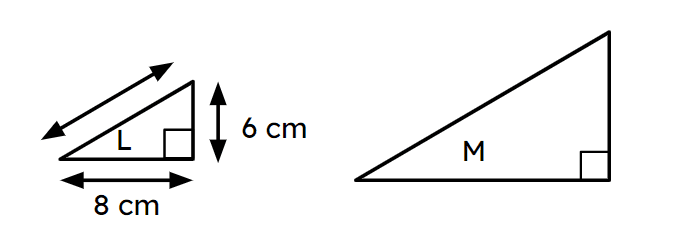Myths about teaching can hold you back


- Year 10•
- Higher
Using the scale factor for enlarging an area
I can calculate the scale factor used to enlarge an area and use it to find missing lengths.


- Year 10•
- Higher
Using the scale factor for enlarging an area
I can calculate the scale factor used to enlarge an area and use it to find missing lengths.
These resources will be removed by end of Summer Term 2025.
Switch to our new teaching resources now - designed by teachers and leading subject experts, and tested in classrooms.
These resources were created for remote use during the pandemic and are not designed for classroom teaching.
Lesson details
Key learning points
- You can calculate the scale factor from the two areas.
- Having calculated the scale factor, you can find missing lengths.
Keywords
Similar - Two shapes are similar if the only difference between them is their size. Their side lengths are in the same proportions.
Invariant - A property of a shape is invariant if that property has not changed after the shape is transformed.
Enlargement - Enlargement is a transformation that causes a change of size.
Scale factor - A scale factor is the multiplier between similar shapes that describes how large one shape is compared to the other.
Common misconception
A linear scale factor can only be found by finding the multiplicative relationship between two corresponding lengths.
A linear scale factor can also be found by square rooting an area scale factor, where an area scale factor is found from the multiplicative relationship between the area of two similar 2D shapes, or corresponding faces on two similar 3D shapes.
To help you plan your year 10 maths lesson on: Using the scale factor for enlarging an area, download all teaching resources for free and adapt to suit your pupils' needs...
To help you plan your year 10 maths lesson on: Using the scale factor for enlarging an area, download all teaching resources for free and adapt to suit your pupils' needs.
The starter quiz will activate and check your pupils' prior knowledge, with versions available both with and without answers in PDF format.
We use learning cycles to break down learning into key concepts or ideas linked to the learning outcome. Each learning cycle features explanations with checks for understanding and practice tasks with feedback. All of this is found in our slide decks, ready for you to download and edit. The practice tasks are also available as printable worksheets and some lessons have additional materials with extra material you might need for teaching the lesson.
The assessment exit quiz will test your pupils' understanding of the key learning points.
Our video is a tool for planning, showing how other teachers might teach the lesson, offering helpful tips, modelled explanations and inspiration for your own delivery in the classroom. Plus, you can set it as homework or revision for pupils and keep their learning on track by sharing an online pupil version of this lesson.
Explore more key stage 4 maths lessons from the Similarity unit, dive into the full secondary maths curriculum, or learn more about lesson planning.

Licence
Prior knowledge starter quiz
6 Questions
Q1.A hexagon is enlarged by scale factor 3. What properties of the hexagon and its image are invariant?
Q2.Rectangle A has been enlarged to create rectangle B. Select the correct statements.
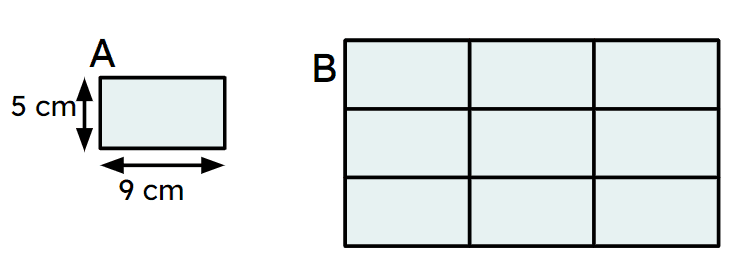
Q3.Rectangle A has been enlarged to create rectangle B. The area of rectangle B is cm²

Q4.Trapezium B is an enlargement of trapezium A. Calculate the area of trapezium B.
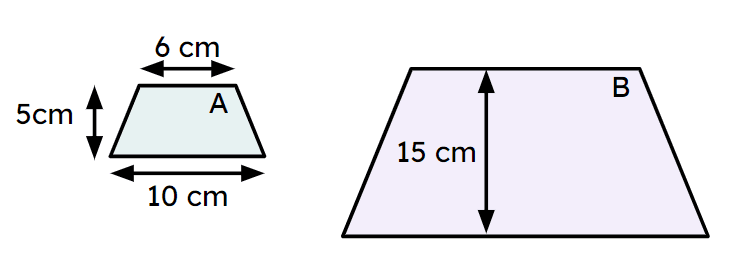
Q5.Match each linear scale factor to the area scale factor.
Linear scale factor: $$5$$ -
Area scale factor: $$25$$
Linear scale factor: $$\frac{1}{2}$$ -
Area scale factor: $$\frac{1}{4}$$
Linear scale factor: $$3$$ -
Area scale factor: $$9$$
Linear scale factor: $$0.1$$ -
Area scale factor: $$0.01$$
Linear scale factor: $$10$$ -
Area scale factor: $$100$$
Linear scale factor: $$\frac{3}{2}$$ -
Area scale factor: $$\frac{9}{4}$$
Q6.Shape S is an enlargement an enlargement of shape R. The area of shape R is 24 cm². The area of shape S is cm².
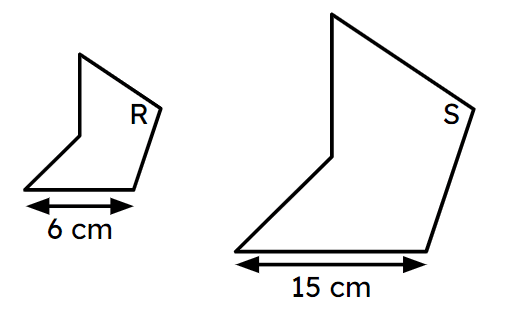
Assessment exit quiz
6 Questions
Q1.The transformation that causes a change in size of the object is .
Q2.Rectangles A and B are similar. What is the area scale factor from A to B?
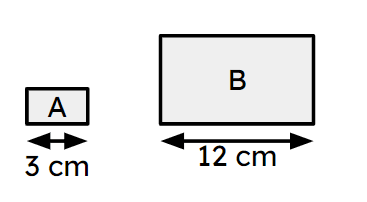
Q3.Shapes P and Q are similar. The perimeter of shape P is 20 cm and the perimeter of shape Q is 40 cm. The area scale factor from P to Q is .

Q4.Sectors E and F are similar. The area of sector E is 25π cm². What is the area of sector F?
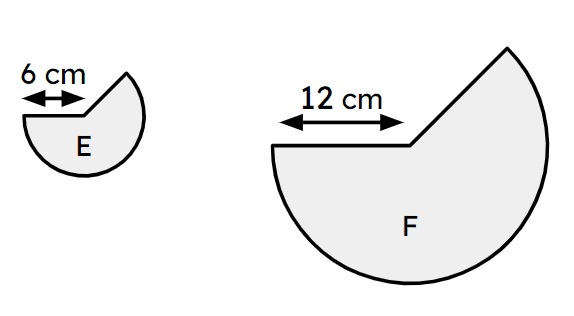
Q5.Sectors E and F are similar. The area of shape E is 26π cm² and the area of sector F is 58.5π cm². The radius of sector F is cm.
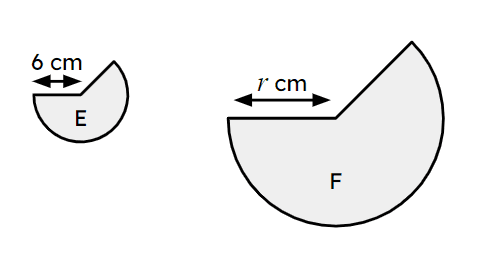
Q6.Triangles L and M are similar. The area of triangle M is 150 cm². What is the perimeter of triangle M?
